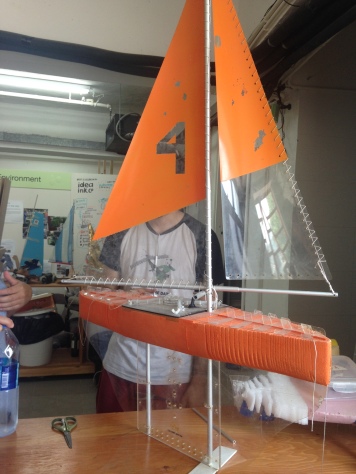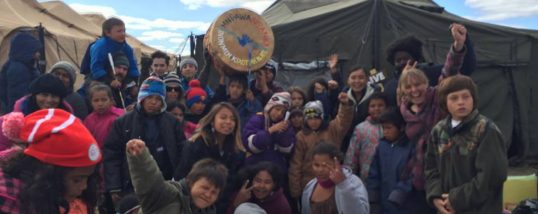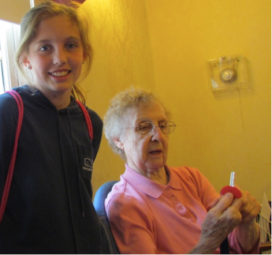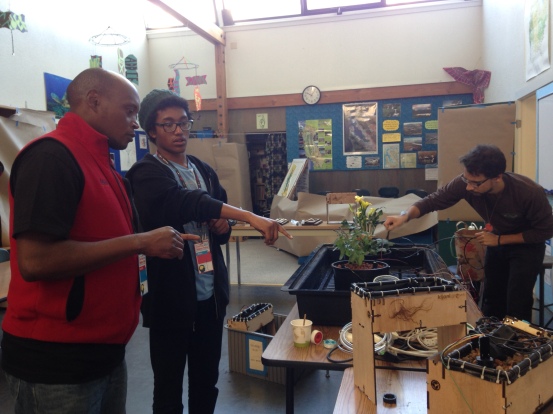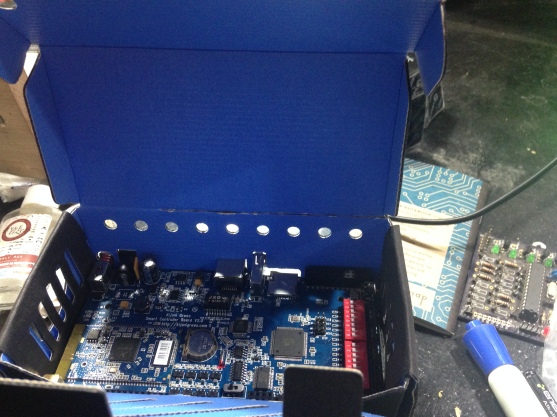At team of students from Pasadena City Community College Fab Lab, designed a pretty awesome tactile map that is helping visually impaired students at Francis Blend Special Education Center in the Los Angeles Unified School District, navigate school grounds.
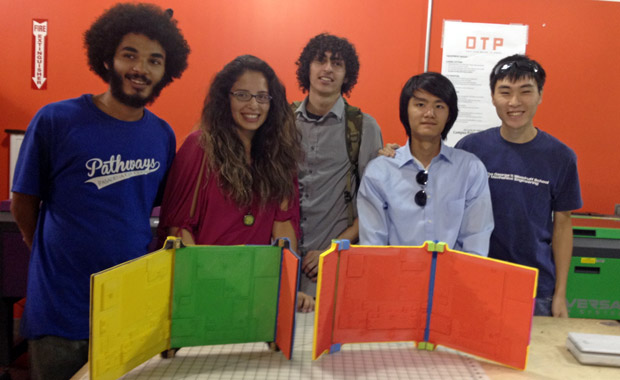
The Pasadena City College Fab Lab is a pretty special place, because it provides students who are working on strengthening basic skills in math and English with the opportunity to learn these things in a real-world, hands-on context. With the support of Salomon Davila, Dean of Career and Technical Education, Deborah Bird, Director of the Design Technology Pathway at Pasadena City College and Joan Horvath, a local 3D printing expert, the team of students designed and modeled the map using CAD software and 3D printed the map in the Fab Lab.
Here’s a great video with more details:
The result was a foldable map, portable map, created by Sandra Perez, Bryce Van Ross, Carlos Andrade, Chi Yeung Chiu, Joseph de Alba and Peter Ngo. The team also had the opportunity to present their work at the 2015 Annual International Technology and Persons with Disabilities Conference.
The map continues be used by students at Francis Blend Special Education Center, several years after the team started working on this project.

